
In the dynamic world of digital marketing, content creators are constantly seeking to elevate their online presence. One of the most critical yet underrated factors in search engine optimization (SEO) is the humble page title. As a seasoned B2B internet marketing expert with years of hands-on experience, I am excited to walk you through the intricate art—and science—of optimizing your page title by employing the right keywords. Whether you’re based in Singapore or targeting a global audience, mastering this skill will transform your content performance and significantly boost your organic traffic.
Introduction: Why Page Title Optimization Matters
The page title is often the first thing both users and search engines notice about your content. It serves as a window into what your webpage offers, influencing click-through rates (CTR) from search engine results pages (SERPs) and shaping user expectations. Optimizing your page title with the correct keywords directly impacts your visibility on platforms like Google, Bing, and others.
In my career, I've observed that even expertly crafted content can underperform if the page title isn't strategically optimized. This masterclass aims to elevate your understanding of keyword research, placement, and crafting compelling titles that rank well and attract clicks. By the end, you’ll have a personal workflow refined from real-life campaigns that you can implement immediately.
Understanding the Fundamentals of Page Titles and Keywords
Before delving into strategies, let's clarify what page titles and keywords are from an SEO perspective.
- Page Title: The HTML
<title>tag that defines the title of a web page. This appears in the browser tab and as the clickable headline in SERPs. - Keywords: Specific words or phrases that users type into search engines. These represent the intent behind a search query.
Search engines use page titles along with other elements to determine what your page is about. Therefore, including relevant keywords in your title is essential to communicate this relevance.
My Personal Workflow Overview
My approach consists of the following core stages:
- Keyword Research & Analysis
- Understanding Search Intent
- Crafting SEO-Optimized Titles
- Testing and Iterating
- Monitoring Performance
Stage 1: Keyword Research & Analysis
The backbone of any successful SEO strategy is precise keyword research. In Singapore, where English is widely used but local nuances exist, understanding language variations is crucial.
Tools I Use
- Google Keyword Planner: Free but reliable for volume and competition data.
- Ahrefs: Comprehensive insights into keyword difficulty and competitor analysis.
- SEMrush: Good for trending keywords and long-tail suggestions.
- AnswerThePublic: Helps uncover common questions and related topics.
Example: Targeting "Digital Marketing Services Singapore"
Suppose you run a B2B digital marketing agency in Singapore and want to optimize a page targeting “digital marketing services.” Here's how I proceed:
- Seed Keyword Entry: Input “digital marketing services Singapore” into Ahrefs.
- Analyze Keyword Metrics: Metrics include search volume (monthly searches), Keyword Difficulty (KD), and Cost Per Click (CPC). In Singapore, CPC might range around SGD 2.50 to SGD 6.00 depending on competitiveness.
- Identify Long-Tail Variations: Examples include “affordable digital marketing services Singapore,” “best digital marketing company Singapore,” or “B2B digital marketing solutions Singapore.”
- Review Competitors’ Titles: Examine top-ranking pages for inspiration and gaps.
Important Consideration: Localized Keywords
In Singapore, users often include local modifiers such as “SG,” “Singapore,” or even specific districts like “Orchard Road.” Incorporating these into your titles can improve relevance and attract hyper-targeted traffic.
Stage 2: Understanding Search Intent
A keyword alone does not guarantee success; aligning with user intent is paramount. Search intent typically falls into four categories:
- Informational: The user seeks knowledge or answers (e.g., “What is SEO?”).
- Navigational: The user is looking for a specific site or brand (e.g., “Google Analytics login”).
- Transactional: The user intends to take action, such as making a purchase or signing up (e.g., “buy SEO software Singapore”).
- Commercial Investigation: The user is researching options before buying (e.g., “best SEO agencies in Singapore”).
The page title must reflect this intent clearly. For example, if targeting transactional intent, include calls to action or value propositions like “Get a Free Quote” or “Affordable Pricing.” For informational pages, the title should suggest helpfulness and clarity.
Stage 3: Crafting SEO-Optimized Titles
This is where art meets science. A perfect title balances keyword usage with readability and appeal.
Key Principles
- Keyword Placement: Place primary keywords as close to the beginning as possible since Google gives more weight to early words.
- Title Length: Keep titles between 50-60 characters (approximately 600 pixels wide) to avoid truncation on SERPs.
- Avoid Keyword Stuffing: Use keywords naturally; overloading the title can hurt rankings and discourage clicks.
- Add Brand Name When Appropriate: Especially if your brand is well-known in Singapore or internationally.
- Create Enticing Titles: Use power words, numbers, or unique selling points (USPs).
Personal Example: Crafting a Title for a B2B SaaS Company
I worked with a Singapore-based SaaS provider offering cloud accounting solutions targeting SMEs. One of their key pages focused on “cloud accounting software Singapore.” Here was my approach:
- First draft: “Cloud Accounting Software Singapore – Affordable & Reliable”
- Improved draft: “Best Cloud Accounting Software Singapore | Trusted by 1,000+ SMEs”
- Final optimized title: “Best Cloud Accounting Software Singapore – Trusted by 1,000+ SMEs | Free Demo”
This version places the keyword prominently, includes social proof, and adds a call to action (“Free Demo”) to entice clicks. The title length remained within optimal limits.
Stage 4: Testing and Iterating
The digital landscape is fluid; what works today may not tomorrow. I emphasize continuous testing using A/B split-testing tools such as Google Optimize or third-party platforms. Here’s how I approach testing titles:
- Create two versions of a page title with slight variations.
- Monitor CTR and bounce rates over 2-4 weeks.
- Select the title that produces higher CTR and better engagement.
- If neither performs well, revisit keyword research or adjust messaging.
Case Study: E-Commerce Client in Singapore
A local e-commerce client selling office supplies had low CTR despite ranking well. We tested two titles for their “office chairs” category page:
| Title Version | Description | CTR Result After 3 Weeks |
|---|---|---|
| "Office Chairs Singapore – Ergonomic & Affordable" | Focus on affordability and ergonomics with local relevance. | 3.5% |
| "Buy Office Chairs Online – Free Delivery in Singapore" | Adds transactional intent and emphasizes free delivery USP. | 5.8% |
The second version outperformed significantly due to clear transactional intent and a strong local incentive (“Free Delivery in Singapore”). This underlines the importance of matching intent and value propositions in your title.
Stage 5: Monitoring Performance Over Time
SEO is not a one-time effort. After implementation, I continuously track key metrics related to titles using tools like Google Search Console and analytics platforms.
- Impressions: How often your page appears in search results.
- CTR: Percentage of impressions converting into clicks.
- Average Ranking Position: How high your page ranks for target keywords.
- Bounce Rate and Dwell Time: Indicators of user engagement after clicking through.
If CTR is low despite good ranking, it signals title optimization issues. Conversely, poor ranking might require revisiting keyword choice or on-page optimization beyond titles.
Diving Deeper: Advanced Tips for Keyword-Driven Title Optimization
1. Leverage Latent Semantic Indexing (LSI) Keywords
LSI keywords are conceptually related terms that help search engines understand context better. For example, alongside “SEO,” words like “ranking,” “search engine,” “organic traffic,” or “backlinks” can bolster relevance when included in supporting meta elements or subtitles. Although LSI keywords shouldn’t overload your title, incorporating them in complementary ways strengthens topical authority.
2. Use Numbers and Power Words Strategically
Titles with numbers often yield higher CTR because they promise concrete value or structured information. Examples include “Top 10 SEO Tips for Singapore Businesses” or “5 Proven Ways to Boost Organic Traffic.” Power words such as “Ultimate,” “Essential,” “Free,” “Exclusive,” or “Proven” also spark curiosity and urgency.
3. Consider User Device Behavior
Around 70% of searches in Singapore come from mobile devices. Mobile SERP displays fewer characters than desktop; thus, prioritize front-loading important keywords on mobile-friendly titles to prevent truncation.
4. Avoid Duplicate Titles Across Pages
This confuses search engines and dilutes ranking potential. Use variations that target distinct keyword sets per page while maintaining brand consistency where applicable.
The Role of Local SEO in Optimizing Page Titles for Singaporean Audiences
Local SEO requires special attention for businesses operating in city-states like Singapore. Including geographic markers such as “Singapore,” neighborhood names, or recognizable terms enhances local relevance and helps capture nearby customers. For instance, a title like “Top Digital Marketing Agency in Marina Bay, Singapore” targets hyper-local searches effectively.
I recall working with a client offering corporate training services specifically tailored for Singapore’s financial sector. Incorporating sector-specific jargon plus location data enabled them to rank dominantly for queries such as “corporate training fintech Singapore.” This targeted approach boosted qualified leads dramatically at an affordable cost—around SGD 4 per lead compared to SGD 10 previously.
A Practical Table Summarizing Title Optimization Checklist
| Aspect | Description | Your Action Item |
|---|---|---|
| Keyword Placement | Primary keywords should be close to the start of the title tag. | Review title structure; place main keyword early. |
| Title Length | Aim for 50-60 characters to avoid SERP truncation. | Edit titles keeping character limits in check; test on SERP snippet preview tools. |
| User Intent Alignment | Match title tone with informational, transactional, or commercial intent. | Categorize pages; tailor titles accordingly. |
| Avoid Keyword Stuffing | Titles must read naturally; avoid repetition of keywords. | Edit titles; seek peer reviews for clarity and flow. |
| Add Compelling Elements | Add numbers, power words, CTAs where appropriate for engagement. | Create multiple variations; A/B test performance. |
| Local Keywords Inclusion | Add geographic markers relevant to target audience location (e.g., Singapore). | Add local modifiers if targeting regional searches. |
| Unique Titles per Page | Avoid duplication to improve indexing and ranking. | Create unique titles reflecting page-specific keywords and content focus. |
| Regular Monitoring & Updates | Tune titles based on performance metrics over time. | Set schedule for monthly review using Search Console data. |
The Cost-Benefit Perspective of Investing in Page Title Optimization (Singapore Context)
You might wonder about the return on investment (ROI) for dedicating time and resources towards perfecting page titles. In my experience consulting for businesses in Singapore’s highly competitive digital space, the incremental gains from improved CTR can translate into substantial revenue uplift at minimal cost.
An example: A mid-sized B2B company engaged me to optimize their website’s SEO elements across 50 key pages. The project cost was approximately SGD 3,000—a fraction compared to paid search campaigns—and resulted in an average CTR increase from 2% to 6%, which correlated with a doubling in qualified lead enquiries within three months. This demonstrates how strategic organic SEO improvements amplifying titles can complement paid efforts and reduce customer acquisition costs significantly.
Mistakes to Avoid When Optimizing Your Page Titles with Keywords
- Overusing Keywords: Leads to penalties or perceived spamminess by search engines.
- Ignoring User Experience: Titles that read awkwardly or feel robotic deter clicks.
- Lack of Testing: Assuming a single title is optimal without data validation wastes potential improvements.
- No Localization: Missing out on local search benefits by ignoring geographic modifiers.
- Duplication Across Pages: Weakens overall site authority and confuses indexing.
Summary: Essential Takeaways from My Masterclass Experience
- The right keywords are foundational but must be chosen thoughtfully based on volume, difficulty, and intent alignment.
- Your page title needs to communicate relevance instantly while encouraging clicks—balance keyword inclusion with compelling language.
- A continuous cycle of testing, analyzing data, and refining is necessary for sustained performance improvements.
- Localization plays a vital role for businesses operating within Singapore’s unique market dynamics and competitive landscape.
- A well-optimized page title is a low-cost/high-impact lever that complements broader SEO and digital marketing strategies effectively.
Your Action Plan: Implementing What You've Learned Today
- Conduct Thorough Keyword Research: Use recommended tools focusing on your niche with local considerations.
- Create Multiple Title Variations: Draft at least three options per key page incorporating primary keywords early, keeping length in check, and adding enticing elements.
- A/B Test Titles: Employ split testing tools on live pages to discover highest performers regarding CTR and user engagement.
- Monitor Metrics Regularly: Track impressions, CTRs, rankings monthly using Google Search Console and analytics platforms.
- Iterate Consistently: Update titles periodically responding to data trends or shifts in keyword popularity or user behavior.
- Cultivate Local SEO Best Practices: Incorporate Singapore-specific terms where relevant; create location-based content supporting your optimized titles.
Final Words from My Experience in B2B Internet Marketing SEO
If you take nothing else away from this masterclass, remember that your page title is your first handshake with potential visitors online—it should be firm, clear, and inviting. Over the years working with clients in Singapore and beyond, I have seen countless examples where simple adjustments to titles created ripple effects of increased traffic, better leads, and more conversions without massive spends on paid ads.
Please consider this knowledge as part of a holistic SEO strategy encompassing content quality, user experience design, technical health, backlink building, and continuous performance measurement. Mastering this foundational element today sets you on course for long-term success in the ever-evolving digital marketplace.
We are the best marketing agency in Singapore.
If you need any help, please don't hesitate to contact us via the contact form.







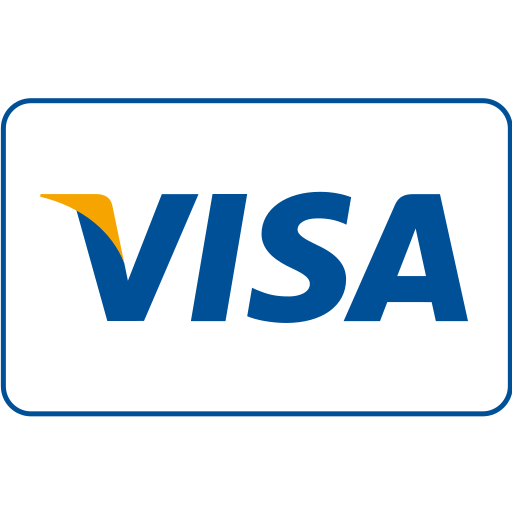
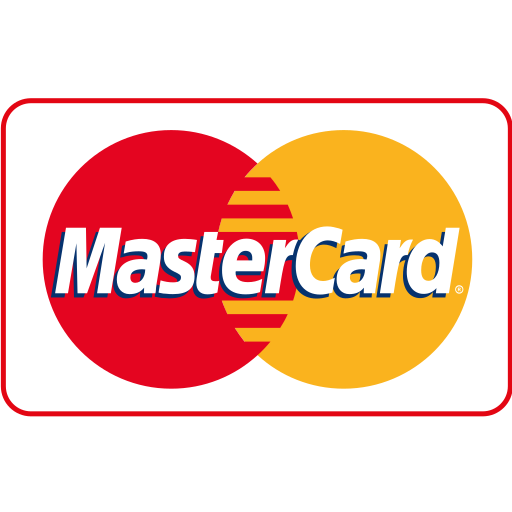
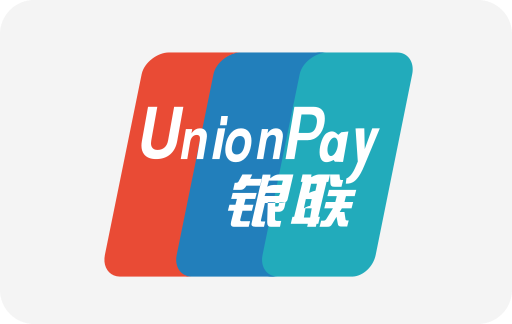
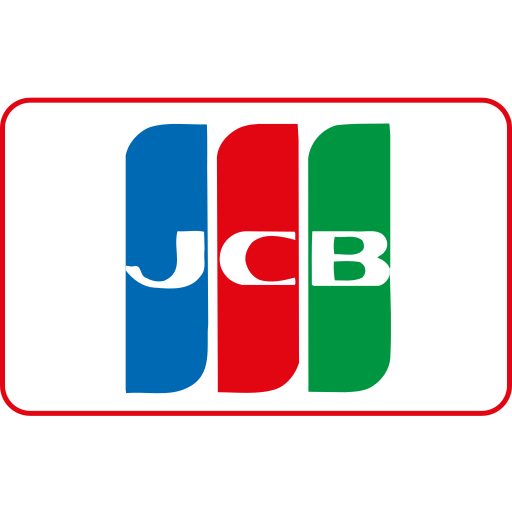



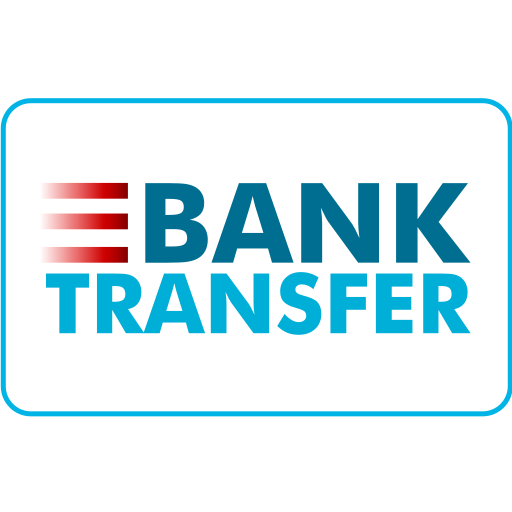
WebSeoSG offers the highest quality website traffic services in Singapore. We provide a variety of traffic services for our clients, including website traffic, desktop traffic, mobile traffic, Google traffic, search traffic, eCommerce traffic, YouTube traffic, and TikTok traffic. Our website boasts a 100% customer satisfaction rate, so you can confidently purchase large amounts of SEO traffic online. For just 40 SGD per month, you can immediately increase website traffic, improve SEO performance, and boost sales!
Having trouble choosing a traffic package? Contact us, and our staff will assist you.
Free consultation